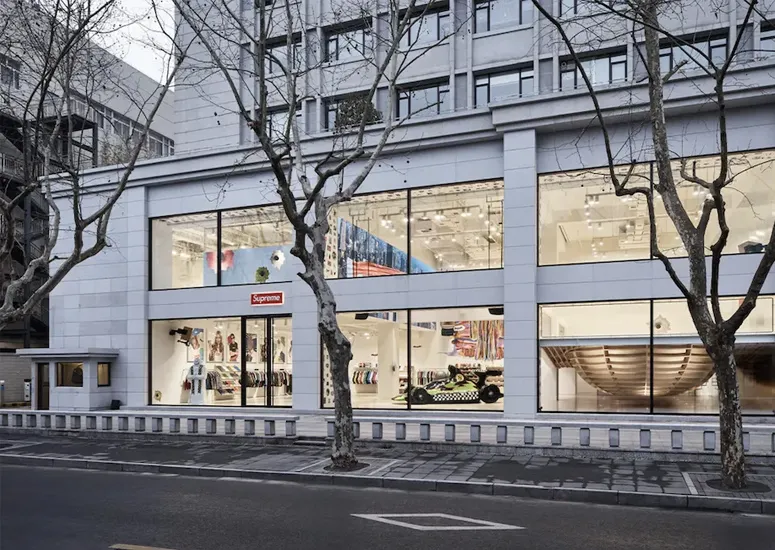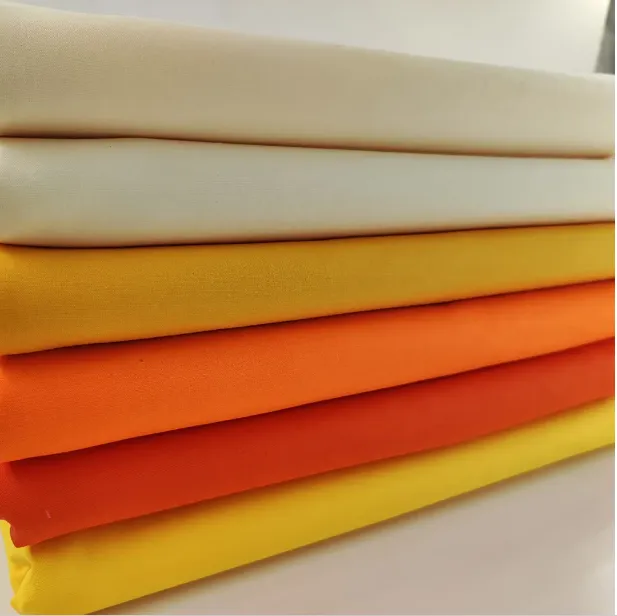
- Afrikaans
- Albanian
- Amharic
- Arabic
- Armenian
- Azerbaijani
- Basque
- Belarusian
- Bengali
- Bosnian
- Bulgarian
- Catalan
- Cebuano
- Corsican
- Croatian
- Czech
- Danish
- Dutch
- English
- Esperanto
- Estonian
- Finnish
- French
- Frisian
- Galician
- Georgian
- German
- Greek
- Gujarati
- haitian_creole
- hausa
- hawaiian
- Hebrew
- Hindi
- Miao
- Hungarian
- Icelandic
- igbo
- Indonesian
- irish
- Italian
- Japanese
- Javanese
- Kannada
- kazakh
- Khmer
- Rwandese
- Korean
- Kurdish
- Kyrgyz
- Lao
- Latin
- Latvian
- Lithuanian
- Luxembourgish
- Macedonian
- Malgashi
- Malay
- Malayalam
- Maltese
- Maori
- Marathi
- Mongolian
- Myanmar
- Nepali
- Norwegian
- Norwegian
- Occitan
- Pashto
- Persian
- Polish
- Portuguese
- Punjabi
- Romanian
- Russian
- Samoan
- scottish-gaelic
- Serbian
- Sesotho
- Shona
- Sindhi
- Sinhala
- Slovak
- Slovenian
- Somali
- Spanish
- Sundanese
- Swahili
- Swedish
- Tagalog
- Tajik
- Tamil
- Tatar
- Telugu
- Thai
- Turkish
- Turkmen
- Ukrainian
- Urdu
- Uighur
- Uzbek
- Vietnamese
- Welsh
- Bantu
- Yiddish
- Yoruba
- Zulu
Mar . 06, 2025 12:40
Back to list
carded cotton vs combed cotton
The 65/35 poly cotton fabric is an amalgamation of polyester and cotton, boasting a perfect blend of durability, comfort, and practicality that caters to a wide array of applications in the textile realm. The strategic composition of 65% polyester and 35% cotton harnesses the strengths of both fibers, presenting a versatile material that professionals and consumers alike appreciate for its many favorable features.
From an environmental perspective, the blend leverages the strengths of both natural and synthetic fibers, reducing reliance on pure cotton, which can be resource-intensive to cultivate. Polyester's resilience prolongs the usability of garments, contributing to sustainable consumption patterns by diminishing the frequency of replacement. While the eco-friendliness of synthetic fibers often garners scrutiny, innovations in recycling technology now allow for poly cotton blends to be effectively repurposed, further extending their lifecycle and lessening their environmental footprint. In the realm of fashion and design, the versatility of 65/35 poly cotton fabric cannot be overstated. Designers capitalize on its print-retaining properties, ensuring that colors remain vibrant and patterns crisp, no matter the intricacy of design. This heralds an era of aesthetic dynamism where practicality need not be sacrificed for style. Furthermore, the fabric readily accommodates diverse embellishments and treatments, from embroidery to digital printing, without compromising its structural integrity. For those engaged in the procurement and quality assurance sectors, understanding the inherent qualities of 65/35 poly cotton fabric is critical to making informed decisions that balance cost, quality, and user satisfaction. Decision-makers in retail and clothing manufacturing benefit from the fabric's broad market appeal and operational efficiency, bolstering product lines that lead to increased consumer trust and brand loyalty. In conclusion, 65/35 poly cotton fabric exemplifies expert textile engineering that addresses modern demands for adaptable, sustainable, and alluring materials. Its comprehensive utility across industrial, commercial, and domestic domains underscores its authority in fabric choice, providing both seasoned professionals and discerning consumers with solutions that align with contemporary expectations of quality, performance, and responsibility.


From an environmental perspective, the blend leverages the strengths of both natural and synthetic fibers, reducing reliance on pure cotton, which can be resource-intensive to cultivate. Polyester's resilience prolongs the usability of garments, contributing to sustainable consumption patterns by diminishing the frequency of replacement. While the eco-friendliness of synthetic fibers often garners scrutiny, innovations in recycling technology now allow for poly cotton blends to be effectively repurposed, further extending their lifecycle and lessening their environmental footprint. In the realm of fashion and design, the versatility of 65/35 poly cotton fabric cannot be overstated. Designers capitalize on its print-retaining properties, ensuring that colors remain vibrant and patterns crisp, no matter the intricacy of design. This heralds an era of aesthetic dynamism where practicality need not be sacrificed for style. Furthermore, the fabric readily accommodates diverse embellishments and treatments, from embroidery to digital printing, without compromising its structural integrity. For those engaged in the procurement and quality assurance sectors, understanding the inherent qualities of 65/35 poly cotton fabric is critical to making informed decisions that balance cost, quality, and user satisfaction. Decision-makers in retail and clothing manufacturing benefit from the fabric's broad market appeal and operational efficiency, bolstering product lines that lead to increased consumer trust and brand loyalty. In conclusion, 65/35 poly cotton fabric exemplifies expert textile engineering that addresses modern demands for adaptable, sustainable, and alluring materials. Its comprehensive utility across industrial, commercial, and domestic domains underscores its authority in fabric choice, providing both seasoned professionals and discerning consumers with solutions that align with contemporary expectations of quality, performance, and responsibility.
Latest news
-
The Versatility and Elegance of White Cotton Poplin FabricNewsJun.23,2025
-
The Luxurious Comfort of Carded CottonNewsJun.23,2025
-
Explore the Luxurious Comfort of Cotton Flannel ClothNewsJun.23,2025
-
Discover the Versatility of Cotton Poplin ClothNewsJun.23,2025
-
Bleach Cotton FabricNewsJun.23,2025
-
100 Cotton BlendNewsJun.23,2025
-
Versatile Elegance with Poplin Fabric for SaleNewsMay.15,2025
